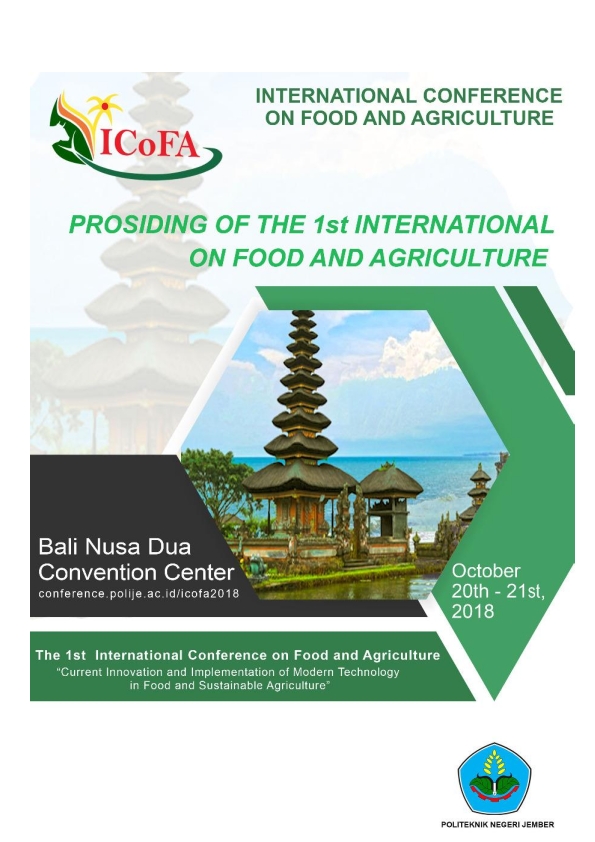Conservation of Animal Genetics Resources in developing countries-Challenges and opportunities
Abstract
Breed development is a dynamic process of genetic change driven by environmental conditions and selection by humans, the latter being shaped by the culture and the economic situation. The fact that ecosystems are dynamic and complex and that human preferences change, has resulted in the evolution of breeds and, until recently, a net increase in diversity over time. However, these genetic resources are being eroded as a result of changing agricultural practices and economic, environmental and other factors. Losses have been accelerated by rapid intensification of livestock production, a failure to evaluate local breeds, and inappropriate breed replacement or cross-breeding facilitated by the availability of highperforming breeds and reproductive biotechnologies. Of particular concern are the high rates of loss of indigenous breeds in developing countries, which, coupled with inadequate programmes for the use and management of the genetic resources, is negatively impacting on livelihood options for the poor. Wide agreement exists on the need to conserve the genetic diversity of animal genetic resourcesReferences
Ajmone-Marsan, P. and GLOBALDIV Consortium (2010). A global view of livestock biodiversity and conservation –GLOBALDIV. Anim. Genet., 41 (Suppl. 1), 1–5. doi:10.1111/j.1365-2052.2010.02036.x
Boettcher, P. J., Tixier-Boichard, M, Toro, M.A., Simianer, H., Eding, H., Gandini, G., Joost, S., Garcia, D., Colli, L., Ajmone-Marsan, P. and the GLOBALDIV Consortium (2010). Objectives, criteria and methods for using molecular genetic data in priority setting for conservation of animal genetic resources. Animal Genetics, 41 (Suppl. 1): 64–77. doi:10.1111/j.1365-2052.2010.02050.x
Cardellino, R.A. (2003). Animal Genetic Resources Conservation and Development: The Role of FAO. Arch. Zootec. 52: 185-192. 2003.
FAO. (2007a). Global Plan of Action for Animal Genetic Resources and the Interlaken Declaration. available at http://www.fao.org/ docrep/010/a1404e/a1404e00.HTM.
FAO. (2007b). The State of the World’s Animal Genetic Resources for Food and Agriculture. FAO, Rome.
FAO. (2008). Climate change and food security: A framework document.http://www.fao.org/docrep/010/k2595e/k2595e00.htm
FAO. (2013). Biodiversity for food security and nutrition: 30 years of the Commission on Genetic Resources for Food and Agriculture http://www.fao.org/nr/cgrfa/en/
Gibson, J., Gamage, S., Hanotte, O., Iñiguez, L., Maillard, J.C., Rischkowsky, B., Semambo, D. and Toll, J. (2005). Options and Strategies for the Conservation of Farm Animal Genetic Resources. Report of an International Workshop AGROPOLIS, Montpellier, France 7–10 November 2005.
Hoffmann, I. (2010). Climate change and the characterization, breeding and conservation of animal genetic resources. Anim. Genet., 41 (Suppl.1):32–46. DOI: 10.1111/j.1365- 2052.2010.02043.x.
Hanotte O., Toll J., Iniguez L. and Rege E. (2005) Farm animal genetic resources: why and what do we need to conserve. In: Proceedings of Int. Workshop ‘‘Options and Strategies for the Conservation of Farm Animal Genetic Resources’’ (Ed. by J. Gibson, S. Gamage, O. Hanotte, L. Iniguez, J.C. Maillard, B. Rischkowsky, D. Semambo and J. Toll), pp. 11–4, Montpellier, France.
Reist-Marti, S.B., Abdulai, A. and Simianer, H. (2006). Optimum allocation of conservation funds and choice of conservation programs for a set of African cattle breeds. Genet. Sel. Evol., 38: 99–126.
Ruane J. (2000). A framework for prioritizing domestic animal breeds for conservation purposes at the national level: a Norwegian case study. Conservation Biology, 14: 1385–1395.

